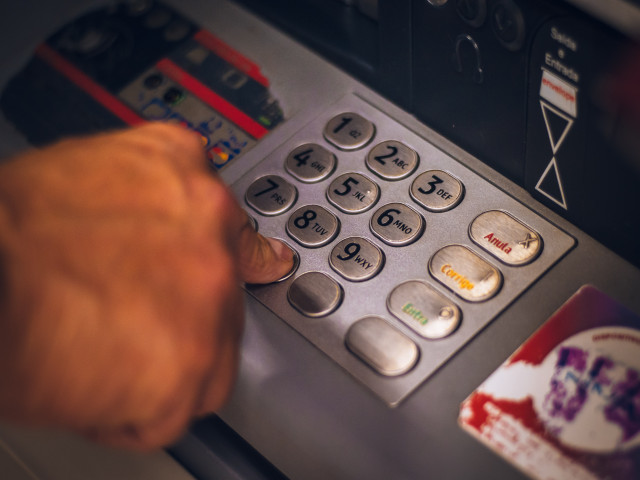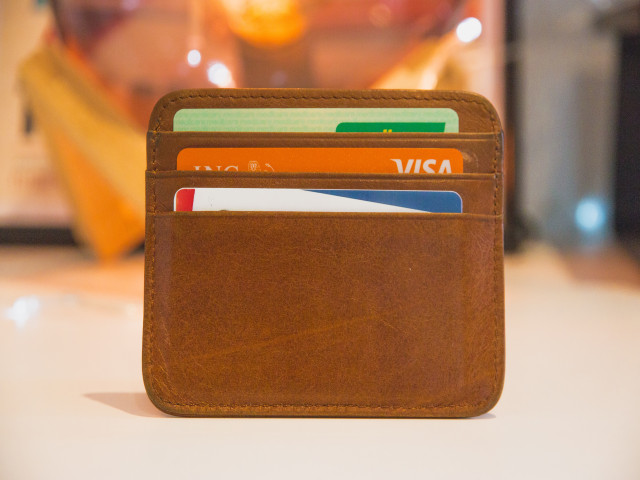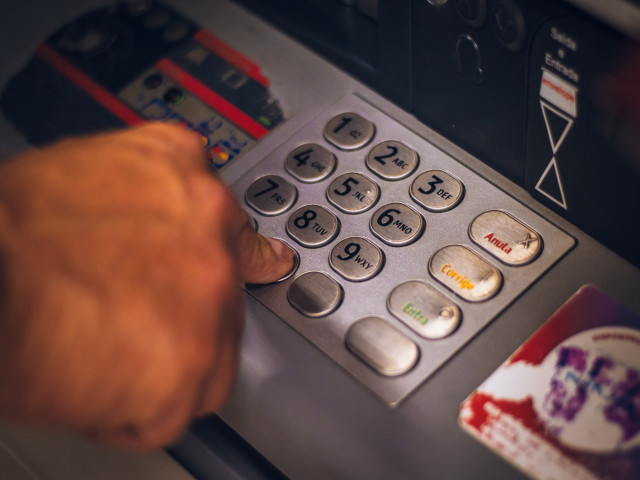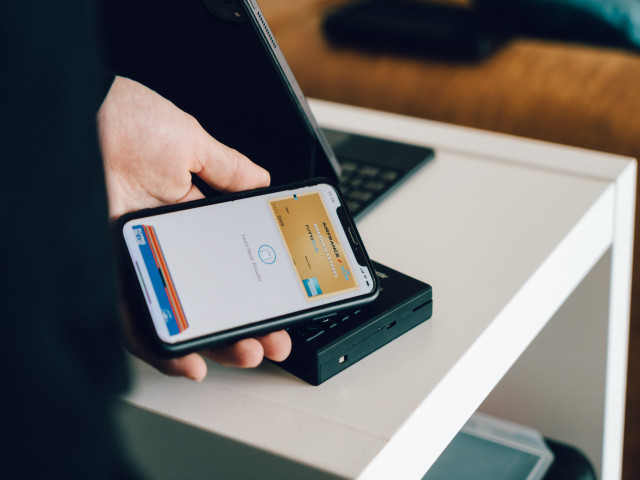16 Jan 2024
Streamlining Your Finances: The Convenience of Peer-to-Peer Transfers

Introduction
In the ever-evolving landscape of financial transactions, traditional methods are giving way to more efficient and accessible alternatives. One such revolutionizing trend is the rise of peer-to-peer transfers. Gone are the days of lengthy processes and hefty fees; today, individuals and businesses can seamlessly streamline their finances with just a few clicks. This article delves into the convenience of peer-to-peer transfers, exploring their evolution, key benefits, popular platforms, and practical insights to help you make the most of this financial innovation.
The Rise of Peer-to-Peer Transfers
In the ever-evolving landscape of financial transactions, the rise of peer-to-peer (P2P) transfers marks a significant departure from traditional banking methods. Historically, individuals and businesses relied on conventional banking systems for sending and receiving money. However, these traditional methods often came with limitations such as delays, high transaction fees, and dependence on intermediaries. The advent of P2P transfer platforms has revolutionized the way people exchange funds, providing a more direct and efficient alternative.
Historical Context of Traditional Banking Methods
Traditional banking methods have deep roots in history, dating back centuries. The foundation of modern banking can be traced to the establishment of the first banks, where transactions were primarily conducted in physical branches. Over time, the introduction of electronic systems facilitated digital transactions, but the processes remained centralized and controlled by financial institutions. This centralized nature led to prolonged processing times and higher costs, prompting a demand for more streamlined and decentralized alternatives.
Emergence and Growth of Peer-to-Peer Transfer Platforms
The emergence of P2P transfer platforms, such as PayPal, Venmo, and Cash App, represents a paradigm shift in the financial landscape. These platforms leverage technology to connect users directly, allowing them to transfer funds with greater speed and flexibility. The growth of P2P transfers can be attributed to the increasing digitalization of financial services, coupled with the desire for more user-friendly and cost-effective solutions. As a result, individuals and businesses have embraced these platforms for their convenience and accessibility, contributing to their widespread adoption.
Comparison of Traditional Methods and P2P Transfers
When comparing traditional banking methods with P2P transfers, several key differences emerge. Traditional methods often involve multiple intermediaries, leading to slower processing times and higher fees. In contrast, P2P transfers enable direct transactions between users, reducing the need for intermediaries and expediting the transfer process. Additionally, P2P platforms typically offer lower transaction fees, making them a more cost-effective option for users. The rise of P2P transfers underscores the growing demand for decentralized, user-centric financial solutions that prioritize efficiency and accessibility over traditional banking constraints.
Key Benefits of Peer-to-Peer Transfers
Speed and Efficiency
One of the primary advantages of peer-to-peer (P2P) transfers is the remarkable speed and efficiency they offer in comparison to traditional banking methods. Traditional transactions often involve multiple stages of approval and clearance through intermediary banks, resulting in delays that can stretch over several business days. In contrast, P2P transfers enable almost instantaneous transactions. Users can send and receive funds within minutes, making P2P platforms an ideal choice for those seeking swift and time-sensitive financial transactions. This speed is particularly crucial in a globalized world where business transactions, remittances, and personal payments demand rapid execution.
Cost-Effectiveness
P2P transfers are known for their cost-effectiveness, a stark departure from the often hefty fees associated with traditional banking services. Traditional methods frequently involve various fees, including wire transfer fees, currency conversion fees, and intermediary bank charges. In contrast, many P2P platforms offer competitive or even zero transaction fees for basic services. This affordability makes P2P transfers an attractive option for individuals and businesses looking to optimize their financial transactions and reduce unnecessary expenditure.
Accessibility and Inclusivity
Accessibility lies at the heart of P2P transfers, fostering financial inclusivity on a global scale. Traditional banking often requires individuals to have a bank account, and the process can be cumbersome for those without access to banking infrastructure. P2P platforms, on the other hand, often only require users to have a smartphone and an internet connection. This lowers the barriers to entry, providing financial services to individuals who may not have easy access to traditional banking. P2P transfers empower the unbanked and underbanked populations, fostering greater financial inclusion.
Security Features
Security is a paramount concern in financial transactions, and P2P platforms address this with robust security features. Encryption technologies, two-factor authentication, and fraud detection mechanisms are commonly integrated into P2P transfer platforms, ensuring that user data and transactions remain secure. As a result, users can have confidence in the safety of their financial transactions, mitigating concerns about unauthorized access or potential breaches. The emphasis on security enhances the overall trustworthiness of P2P transfers, further contributing to their widespread adoption in the digital era.
Popular Peer-to-Peer Transfer Platforms
Overview of Leading P2P Transfer Services
In the rapidly evolving landscape of financial technology, several peer-to-peer (P2P) transfer platforms have gained prominence, offering users innovative and user-friendly solutions for transferring funds. Leading the pack is PayPal, a pioneer in the online payment space. PayPal enables users to send money to friends and family, make online purchases, and even transact internationally. Other notable platforms include Venmo, known for its social media-like feed and casual payment interactions, and Cash App, which has gained popularity for its simplicity and integration with other financial services.
Comparison of Features, Fees, and User Experiences
When comparing these leading P2P transfer services, it's essential to consider various factors, including features, fees, and overall user experiences. PayPal, with its widespread acceptance and international reach, offers users the ability to link credit cards and bank accounts seamlessly. However, it comes with transaction fees for certain types of transfers. Venmo, on the other hand, caters to a younger demographic with its social aspects and is free for standard transactions, making it popular for casual exchanges among friends. Cash App distinguishes itself by allowing users to invest in stocks and Bitcoin in addition to P2P transactions, offering a multifaceted financial experience.
Real-World Examples of Successful P2P Transactions
The success stories of P2P transactions are abundant and diverse, showcasing the versatility and convenience these platforms provide. Families separated by borders can swiftly send financial support through P2P services, overcoming the limitations of traditional banking systems. Friends splitting bills, sharing expenses, or contributing to group gifts find P2P platforms to be efficient and straightforward. Additionally, freelancers and small businesses often use P2P transfers for receiving payments, avoiding the complexities associated with traditional invoicing. These real-world examples highlight how P2P platforms have become integral in facilitating a wide array of financial interactions, both personal and professional.

How to Get Started with Peer-to-Peer Transfers
Step-by-Step Guide on Setting Up an Account
Getting started with peer-to-peer (P2P) transfers is a straightforward process that begins with setting up an account on the platform of your choice. Start by downloading the mobile app or visiting the website of the P2P service you've selected. Follow the on-screen instructions to create an account, providing necessary details such as your email address, phone number, and a secure password. Once your account is created, link it to your preferred payment method, such as a bank account or credit card. Some platforms may require additional verification steps, so be sure to follow any prompts to complete the setup process.
Security Tips for Users
Ensuring the security of your P2P transactions is paramount. Start by choosing a strong, unique password for your P2P account and enable two-factor authentication if the platform offers this feature. Avoid using public Wi-Fi when initiating transactions, as public networks can pose security risks. Regularly update your P2P app to benefit from the latest security enhancements, and be cautious of phishing attempts by only clicking on links from trusted sources. Additionally, set up transaction notifications to stay informed about any activity on your account. By implementing these security measures, you can enjoy the convenience of P2P transfers while safeguarding your financial information.
Exploring Additional Features and Functionalities
Once your account is set up and secure, explore the additional features and functionalities offered by the P2P transfer platform. Many platforms go beyond basic fund transfers, providing users with options to split bills, request money, or even make small investments. Familiarize yourself with the user interface, as different platforms may have unique layouts and additional tools. Some P2P services also offer integration with other financial apps, providing a holistic financial management experience. Take the time to explore these features to maximize the benefits of using P2P transfer platforms for your financial needs.
Frequently Asked Questions
Q. Are P2P transfers secure?
A. Absolutely. P2P transfer platforms employ advanced encryption and security measures to ensure the safety of your financial transactions.
Q. How quickly do P2P transfers process?
A. Most P2P transfers are processed in real-time, offering swift and convenient transactions for users.
Q. Can I use P2P transfers internationally?
A. Yes, many P2P transfer platforms support international transactions, providing a hassle-free global financial experience.
Q. What fees are associated with P2P transfers?
A. Fees vary between P2P transfer platforms. It's essential to review the fee structure of your chosen platform for a transparent understanding of costs.
Q. Is my personal information safe with P2P platforms?
A. P2P platforms prioritize the security of user information. Robust privacy policies and encryption protocols are in place to safeguard your personal data.
Q. How do I resolve issues with a P2P transfer?
A. Contact the customer support of your P2P transfer platform for prompt assistance in resolving any issues you may encounter.
Conclusion
As we navigate the digital era, the convenience of peer-to-peer transfers stands out as a beacon of financial efficiency. The speed, cost-effectiveness, and accessibility offered by these platforms are reshaping the way we handle money. By embracing P2P transfers, individuals and businesses alike can experience a streamlined financial future. The landscape of financial transactions is evolving, and peer-to-peer transfers are at the forefront of this transformation. As we bid farewell to the constraints of traditional methods, let's welcome the era of peer-to-peer transfers—a realm where convenience meets control, and financial transactions become a seamless part of our everyday lives.
RELATED POST
https://dollardirect.cc/blog/the-rise-of-mobile-banking-a-comprehensive-guide-to-digital-financial-transactions/140














